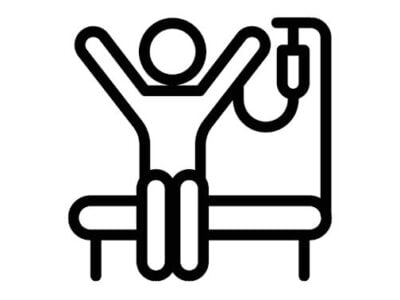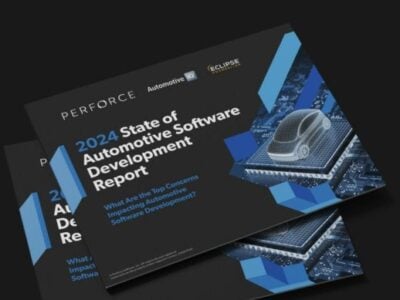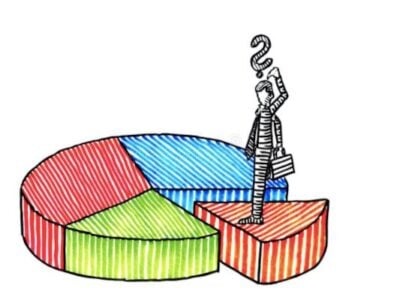Li ion battery recycling needs development incentives, market researcher says
A Frost & Sullivan study, titled “Global Electric Vehicles Lithium-ion Battery Second Life and Recycling Market Analysis”, finds that EV battery recycling will become a significant part of the value chain by 2016, when higher quantities of EV batteries will be available for recycling. The EV Li-ion battery recycling market is expected to be worth more than $2 billion by 2022, with more than half a million end-of-life EVs’ battery packs becoming available for recycling through the waste stream.
“Although lithium currently costs less than other raw materials needed for manufacturing a battery, there is an inherent risk due to its availability being dependent on a small geographic area,” believes Frost & Sullivan Industry Analyst Aswin Kumar, hinting that almost 70 per cent of lithium deposits are in South America.
For second life, Li-ion batteries will have to compete with dedicated batteries used for current second-life applications such as stationary grid storage. They will have to compete in terms of cost, power and energy storage, as most of the characteristics of Li-ion batteries with regard to their degradation at reuse are still uncertain.
The cost of batteries, one of the main hindrances for EV adoption, could be lowered through reuse or second life applications, Kumar said. Though lithium is 100 per cent recyclable, the battery-grade lithium from the recycling process is costlier than lithium from direct sources. Lack of price incentives and legislation restricts lithium recycling, the researcher noted.
Apart from cobalt or nickel in existing battery packs, only a few valuable metals with the potential to be used in batteries are currently under research and development. Low-value elements like iron and phosphorous, currently in research, will pose a greater challenge to creating a profitable recycling program without additional incentives or the addition of more valuable lithium.
The advent of Li-ion batteries is expected to spur automotive and utility industries to sell a common fuel electricity to consumers. Furthermore, with second life applications, Li-ion batteries are poised to contribute to a further net reduction in emission, like that of carbon dioxide, beyond that achieved by using an EV.
 If you enjoyed this article, you will like the following ones: don't miss them by subscribing to :
eeNews on Google News
If you enjoyed this article, you will like the following ones: don't miss them by subscribing to :
eeNews on Google News




